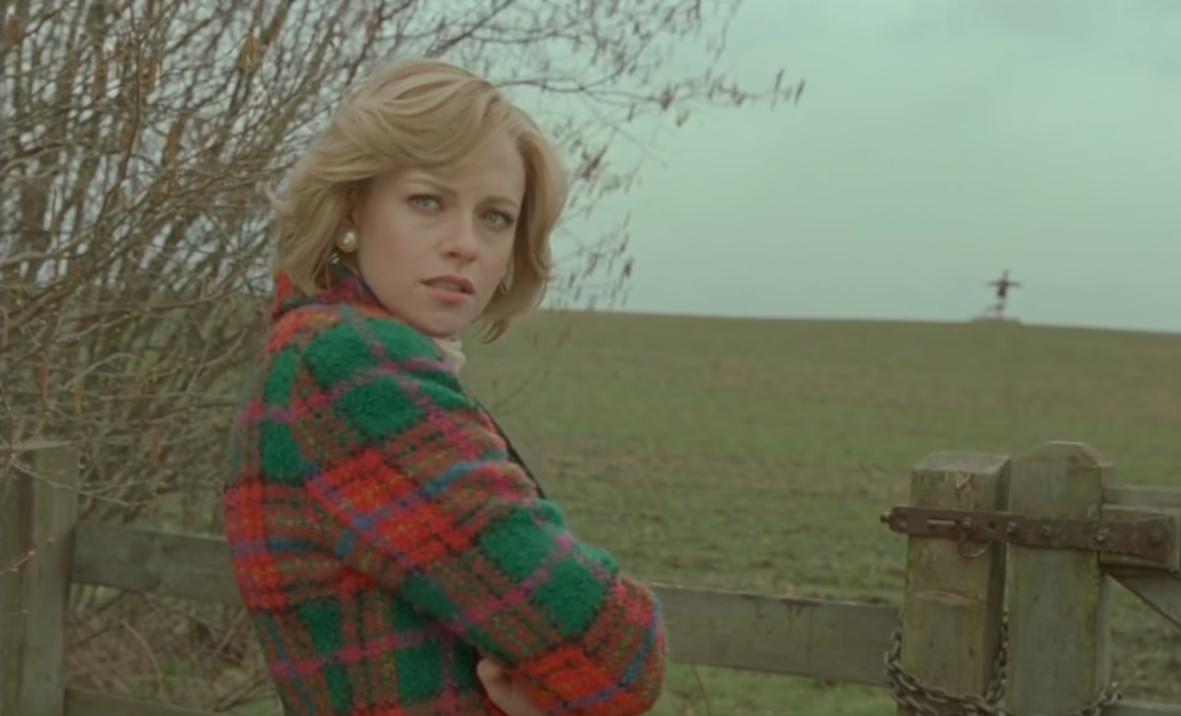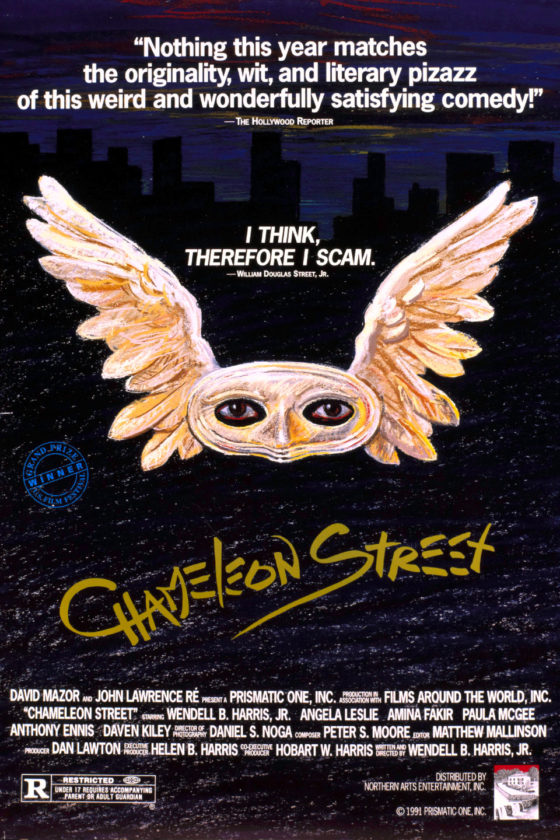After his Jacqueline Kennedy biopic Jackie debuted to thunderous critical applause in 2016, it was inevitable that Pablo Larraín would eventually pursue a follow-up project. The Chilean director is no stranger to real-life stories—four months prior to Jackie’s debut at the 2016 Venice International Film Festival, Larraín premiered Neruda, a narratively experimental drama starring Gael Garcia Bernal as poet Pablo Neruda, at that year’s Cannes Film Festival. Both films were celebrated for toying with the conventions of the biopic and for rejecting complete historical accuracy in order to focus on the emotional and personal struggles of Kennedy and Neruda.
Five years after the release of both, and two years after Larraín’s provocative and surreal mystery Ema, Larraín returns to the silver screen with Spencer—a fictionalized account of Princess Diana Spencer’s (Kristen Stewart) Christmas stay with the royal family in 1991. The film represents the next step in Larraín’s career as well as the second installment in his planned trilogy of biopics about historically influential women. Spencer carries many of the characteristics found in Larraín’s previous works, but also ventures further into its subject’s life than he’s ever done before.
The story slowly spirals outwards in tandem with Diana’s mental state over the span of three days, allowing for a condensed examination of her toils. Rather than obsessing over the minute true-to-life details of Diana’s life, Larraín brings the camera closer than ever, magnifying her life and experience as if it were under a microscope. The film’s opening text reads “a fable from a true tragedy,” indicating the decision to distance the narrative from the many sterilized and clinical depictions of Diana’s life previously seen in media.
Despite being intimately microscopic at times, the film’s scope feels sprawling, interweaving the different activities and traditions of the royal family with Diana’s own emotional struggles. She roams the grounds of the royal family’s estate, encountering many of the family’s laborers, most of whom have been assigned to keep watch over her. Spencer places particular emphasis on the relationships between Diana and three of the family’s helpers: Major Gregory (Timothy Spall), head of the estate’s staff, royal head chef Darren McGrady (Sean Harris) and Diana’s royal dresser Maggie (Sally Hawkins).
Each of the three seems to inhabit a Brechtian role within the story by guiding Diana with their own wisdom and advice. Gregory possesses the stern and critical attitude of the royal family but seems to recognize Diana’s need for freedom, while Darren and Maggie display a more sympathetic attitude towards Diana and her independence. Diana’s two sons—Princes William and Harry—feature prominently as well, acting as emotional anchors for their mother.
These relationships and the scenes depicting them are crucial for constructing Spencer’s focus on Diana’s dual identity. At one point, her husband remarks to her that she must learn to distinguish between Diana Spencer and Diana, the Princess of Wales, which acts as a consistent point of crisis for her throughout the film. She constantly suffers from mental breakdowns and attacks of crisis, debilitating her and only further stigmatizing her perception within the family.
The examination of this side of Diana is where Spencer is most interesting—often, it is not discernable whether Diana is undergoing some imagined mental crisis or hallucination, or if she is actually experiencing what she is seeing. Larraín is careful to not overindulge in surrealism, allowing the film to remain consistently grounded and maintaining a sense of empathy for Diana’s struggles. Rather than using excessively flashy tricks, Larraín utilizes sound and visuals to craft the film’s surrealism.
Despite switching cinematographers from Jackie’s Stéphane Fontaine to Portrait of a Lady on Fire Director of Photography Claire Mathon, the distinct look of Jackie is retained in Spencer. The film was shot entirely on 16mm and 35mm film stock, giving every shot a magnificent and delectable sense of texture. The palette is simple and muted, providing scenes with a distinctly warm or cold feeling depending on the tone of the story and contrasting the lavish production design. Red clothing—frequently donned by Diana throughout the film—appears far more saturated, making her stick out as a distinguishable character amidst the gray and black garb of her family members. The cinematography is soft, lush and dreamlike, allowing Diana’s visions, memories and nightmares to transcend and escape from the screen.
Music also plays a crucial role in Spencer’s depiction of Diana’s mental condition. Radiohead guitarist—and frequent collaborator of Paul Thomas Anderson—Jonny Greenwood composed Spencer’s score, which is suitably experimental and unique for the film’s tone. As in Phantom Thread, Greenwood uses classical motifs and string compositions to craft an aptly ethereal score. These parts of the score are balanced out by fierce and disruptive jazz, which punctuate Diana’s moments of crisis. The result is a score that, just like the film it accompanies, presents a contrasted tone as it ebbs between tranquility and chaos.
All these elements are brought together magnificently by Stewart’s brilliant performance as Diana. The actress has been diversifying her output for years now, starring in both mid-budget blockbusters like Underwater and Charlie’s Angels as well as acclaimed dramas such as Clouds of Sils Maria and Personal Shopper—but Spencer is undoubtedly one of her finest performances yet. Her mannerisms and behaviors frequently change throughout the film as she perfectly exhibits the erraticism of a woman on the verge of a breakdown.
There’s a great deal of empathy and sincerity to be found both within Stewart’s performance and those of the supporting cast. Where other biopics would go for spectacle, Spencer goes for silence, crafting a microcosm of humanism through the shared harmony of its individual creative elements. It’s rare yet refreshing to see a biopic that so brazenly guns for creative liberties, rejecting any preconceived notions of reality or fiction in favor of embracing a story that is distinctively human.






